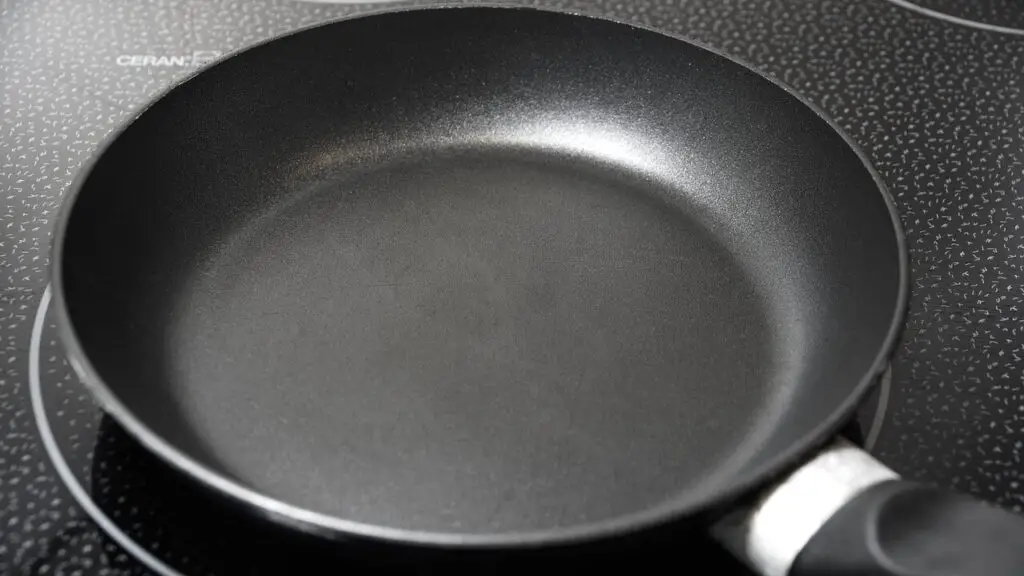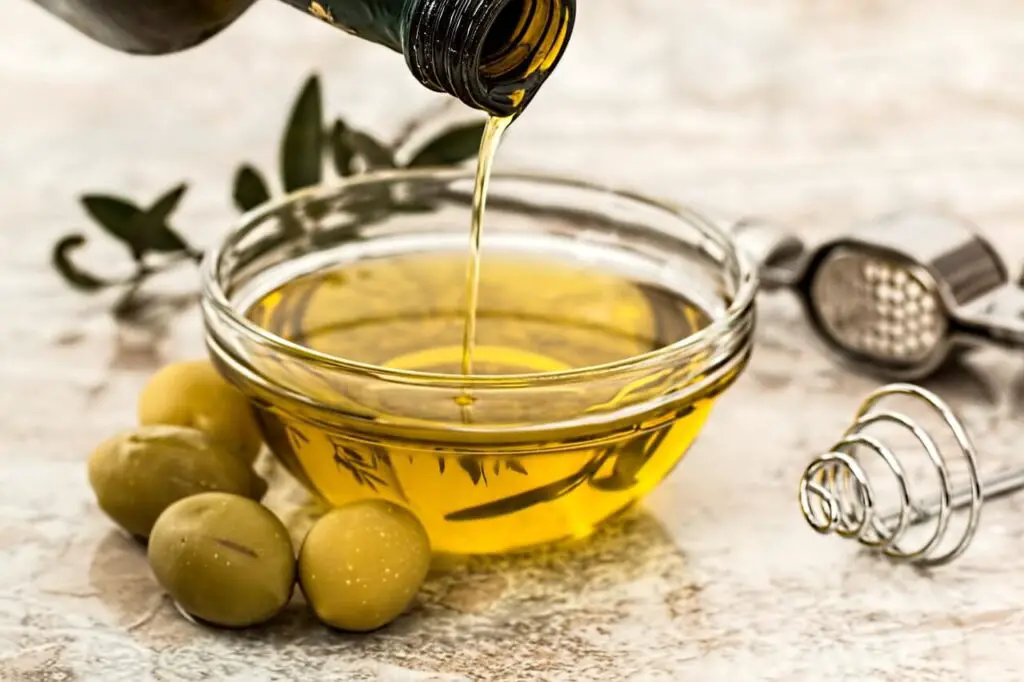Why is my cast iron sticky after seasoning? Could it be I didn’t season it correctly?
It is not unusual for a cast iron skillet to become sticky after seasoning. This could be due to several reasons but the most common one is failing to adhere to the seasoning rules.
Seasoning is a tested way to make your cast iron non-stick and prevent it from rusting. If not done correctly, the skillet tends to lose its sheen and non- stick power.
Therefore, it is important to do the seasoning the right way and this is what we shall talk about in this article.
First, let’s see why your cast iron skillet is still sticky even though you believe you seasoned it correctly.
Cast iron sticky after seasoning? Here is why..
If you season the cast iron properly, it should have a mirror-like sheen and it should feel smooth when touched.

But if you find that it feels rough and the food keeps sticking when cooking, there must be something that went wrong during the seasoning process.
Ask yourself the following questions;
1. Did you let the skillet bake long enough in the oven?
If you don’t let the cast iron bake in the oven long enough, the seasoning oil tends to become sticky.
To avoid this, let the cast iron heat in the oven for one hour for the oil to harden and create a seasoning seal.
Once done, remove from the oven and wipe off the excess oil and let the skillet cool for about one hour. If it still feels sticky, bake it again for an hour.
This heating and cooling process should be repeated until you are satisfied with the results.
For skillets that cannot be baked in the oven due to the coating on the handle, use a stove. You should also let them heat long enough on the stovetop so as not to become sticky.
2. Did you season with too much oil?
The skillet will become sticky if too much oil is used to season it and probably leave a bit of black residue.

Therefore, rather than pouring oil onto the pan, you should apply a thin layer using a paper towel or cloth.
Most people assume that a thick layer of oil will create a better seal, which is not the case.
The oil simply causes build-up which results in stickiness.
In order to avoid this, you need to wipe off excess oil with clean paper towels.
In fact, you should heat the pan for about 15 minutes after applying oil at 300 degrees F. Then remove it from heat and wipe the excess oil thoroughly and put it back in the oven, and bake at 400 degrees F.
Also, you should bake the pan upside down so that the excess oil can drip off. Remember to put the aluminum foil under the rack to catch excess oil.
See also: Best griddle for glass top stove
3. What kind of oil did you use to season?
Many people will tell you that you can use just any oil to season your cast iron pan.

However, experts argue that the best seasoning oil is one with contains high levels of polyunsaturated fats and with a high smoke point such as grapeseed oil.
Since it contains high levels of polyunsaturated fats, grapeseed oil forms a slick and durable coating on the skillet. Moreover, it can withstand very high temperatures since it has a high smoke point.
The smoke point is also known as a burning point and refers to the point at which the oil starts to polymerize or burn.
While you can use other oils like vegetable oil, canola oil, and flaxseed oil, they may not give your skillet a durable seasoning since they contain high levels of saturated fats or low smoke points.
Some people have used animal fats like lard and beef tallow to season their cast iron since they have high smoke points.
4. Was the baking temperature too low?
If you bake or heat the cast iron at a very low temperature, you will create a sticky layer on the skillet. This is because the seasoning oil will not be able to form a strong bond with the raw iron on the pan.
In order for this bond to form, you need to heat the skillet at a temperature of about 400 degrees F and above.
This also explains why you should use oils with a high smoke point so that they don’t burn or smoke excessively at such a high temperature.
See also: How to clean black residue off cast iron skillet
What to do if cast iron becomes sticky after seasoning
When your cast iron becomes sticky, you should do the following:
1. Remove the sticky residue
You need to remove the sticky residue from the skillet as soon as possible. This can be done by scrubbing the residue off with kosher salt.

Just pour the salt into the skillet and add water to make a paste and then scrub using a soft brush.
Remember, the skillet should be warm so that the residue can come out easily.
Once the entire residue has come off, rinse the skillet and let it dry completely before you re-season it.
See also: How to remove rust from cast iron grill grates
2. Season again the right way
Seasoning again the right way means that you should follow the rules we have explained above.
Season using the right oil particularly one with a high smoke point and high levels of polyunsaturated fats.
Also, you should not too much oil and apply using a cloth or paper towel.
Most importantly, bake or heat the pan at about 400 degrees F and above for about 1 hour so that the oil can form a strong bond with the iron.
If you carefully follow these rules, the cast iron will not become sticky after seasoning.
Conclusion
Why is the cast iron skillet sticky after seasoning? This is a common question among many, and as we have seen in this article, it could be due to several reasons.
It could be due to short baking or heating time, seasoning with too much oil, low baking temperature, and use of the wrong seasoning oil.
In order to remedy this, you need to bake or heat the skillet at a temperature of 400 degrees, use the most stable oils, use little oil, and give it ample time to heat in the oven.